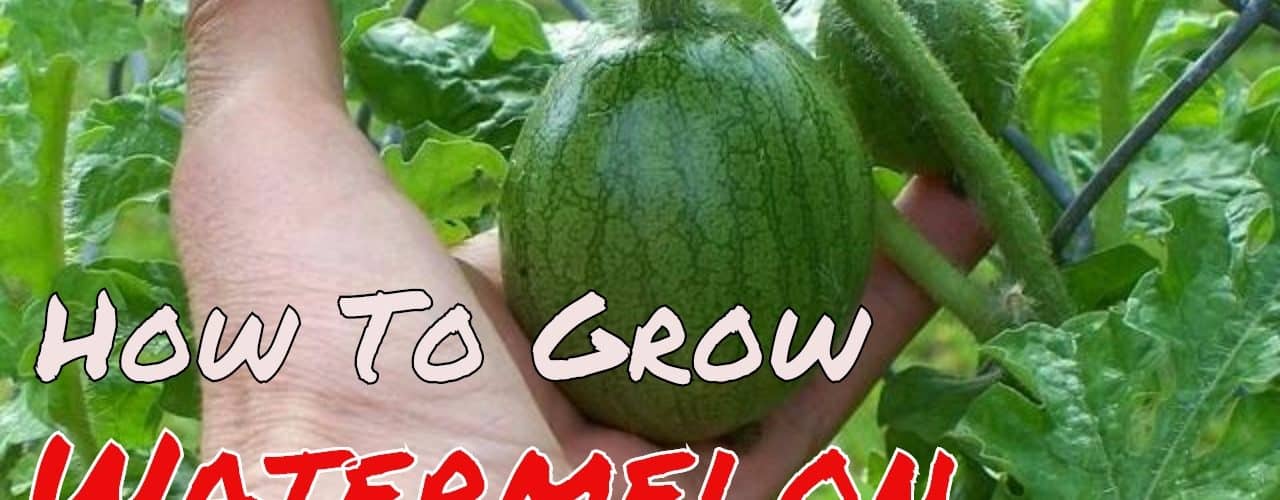Watermelons are to summer, as warm chestnuts are to winter. A summer picnic is incomplete without the vision of little ones chomping on watermelon, their little faces stained with pink.
Watermelon is also very nutritious. It contains antioxidants, such as Vitamins A and C. There’s virtually no fat in watermelon and for diet conscious adults, a whole cup of watermelon only contains 48 calories.
But as fun as watermelons can be, there is an art to planting this delicious fruit. But for those gardeners who desire to do so, the journey of watching your watermelon vines growing from seeds and finally producing delicious fruit can be so rewarding. And little ones can help with watering and planting.
A few key facts to note: watermelons harvest from April to October. The smaller bush varieties take about 80 to 90 days to harvest. The larger ones usually produce fruit between 90 to 100 days after planting.
You can start with seeds from a package, and you can buy little plants from a nursery.
Watermelons do tend to do better in warmer climates. Three months of summer heat is ideal.
The fruit requires quite a bit of room in your garden, so be prepared to have that space available. Make sure the planting location gets alot of sun. The soil should be rich and provide for proper drainage.
The plants love to feed, and require nutrients. So while tilling the soil to get the seeds ready, you should add some compost or rotted manure to make the watermelons happy and healthy.
Sow seeds into the soil directly or if you start sooner, you can prepare by planting seeds indoors in little pots.
Use peat pots if you do this and make sure its before the last frost.
For indoor planting, follow the directions on the package.
For outdoor planting, you can plant the seeds in little hills. Remember to add the nutrients. Use a hoe to form a mound.This will enable for proper drainage.
Make a little indentation on top. Put 3-4 seeds at least one inch deep.
Water alot but make sure the seeds don’t come out.
Allow approximately ten feet between each hill. Remember they need room to grow!!
If you decide to make rows, plant seeds four to six inches apart. Try to allow for 8 to 10 feet between the rows.
The seeds should germinate between 7 to 10 days.
Now its time to thin the seedlings.
If you have hills, thin to two seedlings. If you’re working with rows, thin the seedlings 10-12 inches apart.
Remember to keep watering those watermelons!!!
This is also a good time to add mulch. You can use cocoa bean hulls, and clean straw (with no seeds) will act as a weed barrier.
Have faith and have fun while doing this.
Remember to weed several times a week.
It’s important to fertilize. You can purchase a fertilizer from your local nursery or home improvement store.
Purchase a high nitrogen fertilizer for your budding plants. After they blossom, use a high phosphorus and potassium fertilizer.
Water, water the watermelon (at least every three days) depending on the heat.
The soil should always be moist.
Beware the critters that might want to eat up your vines. They verge from small insects (such as beetles, mites, ahids) to large four legged farm animals such as goats, and perhaps your dog might want to chomp on a vine or two.
For the bugs, its best to battle. You can use organic methods which are safer, but the fungicides insecticides work better.
If you’re worried about a four legged furry friend, fencing is the way to go.
Suddenly, one day you see that your watermelons are growing. It’s an exciting feeling.
How can you tell when a melon is ready to be picked?
You knock on the underside of a melon. If you hear a dull thump, chances are you might be serving watermelon that night for dessert.
Also, if the underside is yellow. That’s also a good sign.
The stem around a mature melon shrivels and withers around the base of the fruit.
Another good tip if you are new at the art of growing melons. Keep a log. You can put it on your kitchen refrigerator.
Note down watering, feeding and weeding days. Children will also have fun doing this.
The most important thing is to enjoy the journey. Then you will reap what you sow!!



